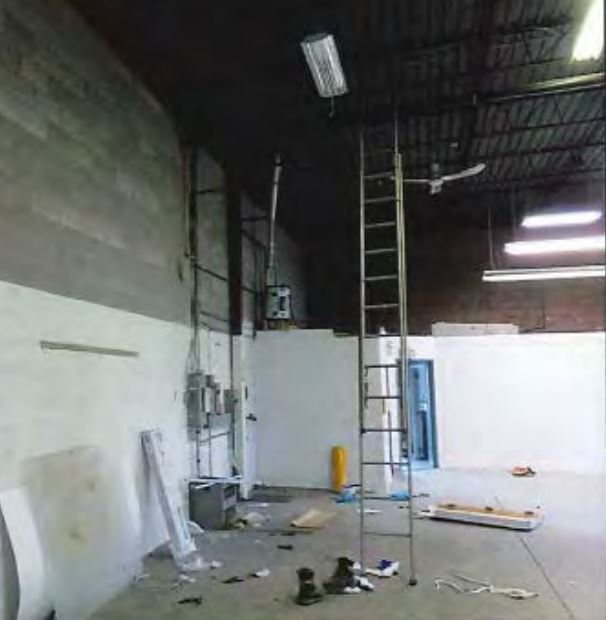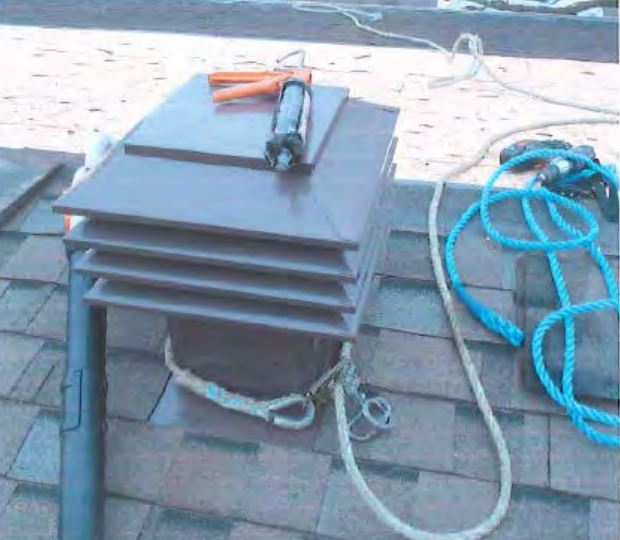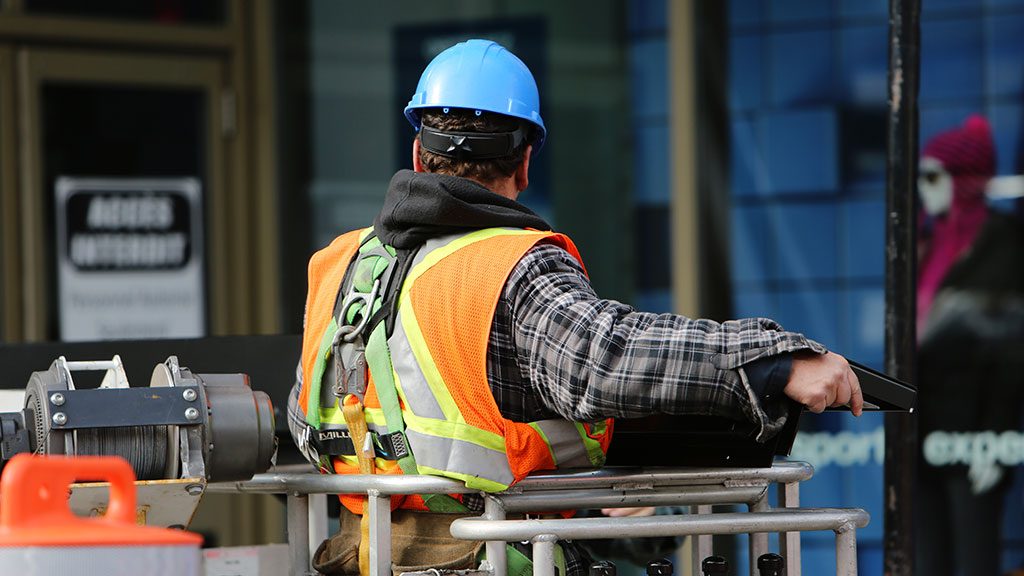A coroner’s inquest jury examining seven deaths from falls at Ontario construction sites has recommended stakeholders upgrade their communication with small businesses as well as other measures to ensure workers at heights are better trained.
The virtual inquest began Nov. 29 and lasted six days. The five-person jury offered 11 recommendations directed to the Ministry of Labour, Training, Immigration and Skills Development (MLITSD), the Infrastructure Health and Safety Association (IHSA) and the Workplace Safety and Insurance Board urging various reforms including the development of an electronic tool, similar to the new Silica Control Tool, to improve the marketing of working at heights (WAH) training.
The jurors found in each case that the deaths – in most cases caused by traumatic head injuries or blunt force injuries – were the result of an “accident.”
The victims were Melvin Joyner, Paul Rouen, Bernard Lauzon, Daniel Burkholder, Mykhailo Kouchil, Ronald Guilbeault and Kung So.

Joyner, 58, died on Jan. 20, 2018; Rouen, 68, died on Feb. 27, 2018; Lauzon, 66, died on July 19, 2018; Burkholder, 61, died on July 20, 2018; Kouchil, 60, died on Dec. 24, 2018; Guilbeault, 46, died on July 31, 2019; and So, 63, died on Nov. 9, 2019.
Ontario introduced WAH training in 2015 for workers employed on jobs three metres in the air or higher.
A statement from the ministry said, “The ministry will review all recommendations from the coroner’s jury carefully and our thoughts are with the family and friends of the workers who lost their lives. Since 2018, and in response to these incidents, the ministry has implemented substantial changes and amended the Occupational Health and Safety Act to improve worker health and safety on construction sites and will be implementing further changes that address the recommendations.”
As of August 2023, over 1,127,000 workers have completed WAH training.
All of the victims worked for small businesses or were self-employed. An agreed-upon statement of facts describing each death became part of the evidence at the inquest.
Rouen ran his own business as the Professional Handyman, a small business that did a variety of work, including painting, drywall, taping, concrete and plumbing. On Feb. 27, 2018, he and a partner went to a small commercial building in Ajax to undertake repairs on one unit, including installing new lighting ballasts on a ceiling. A ministry inspector was later told Rouen rarely worked on electrical projects.
The partner told a ministry inspector that Rouen, 68, appeared “out of it,” and Rouen told him he had not slept well the night before.

Mid-afternoon, Rouen climbed a metal extension ladder to a height of approximately 13 feet in order to install a ballast. He was not using any fall protection. As he began to strip the wire, he came into contact with live electricity. His work partner heard a buzzing sound and then saw Rouen frozen in place with his hands above his head. The partner shut off the light switch, Rouen’s arms fell to his sides and he rolled off the side of the ladder, falling to the floor below.
Resuscitation attempts failed and Rouen was declared dead that day.
It was later determined he likely suffered an electrical shock, which caused him to fall from the ladder and sustain multiple blunt force injuries.
Among the jury recommendations, the MLITSD was urged to develop a campaign to support small businesses in boosting awareness of health and safety laws and practices; the ministry was pushed to develop a strategy for making information available to the public regarding who has completed WAH training and the expiry date of training certificates; and the ministry was encouraged to support the IHSA in posting on its main page the mandatory training standard requirements for working from heights.
It was also recommended health and safety agencies explore the feasibility of requiring all individuals and businesses in the construction sector to provide their contact information to the WSIB even if they are not currently required to register for WSIB or purchase WSIB coverage. The IHSA could then provide health and safety resources to those individuals and businesses.
In addition, the agencies were encouraged to review the existing process of data-sharing between MLITSD, WSIB and IHSA on occupational health and safety incidents to ensure the implementation of effective safety initiatives, campaigns and training.
On Nov. 30, the second day of the inquest, the Ontario government announced it was ending mandatory inquests into construction deaths in favour of a new mandatory review process.
An updated WAH Training Program Standard will take effect on April 1, 2024.
Follow the author on Twitter @DonWall_DCN.











Recent Comments